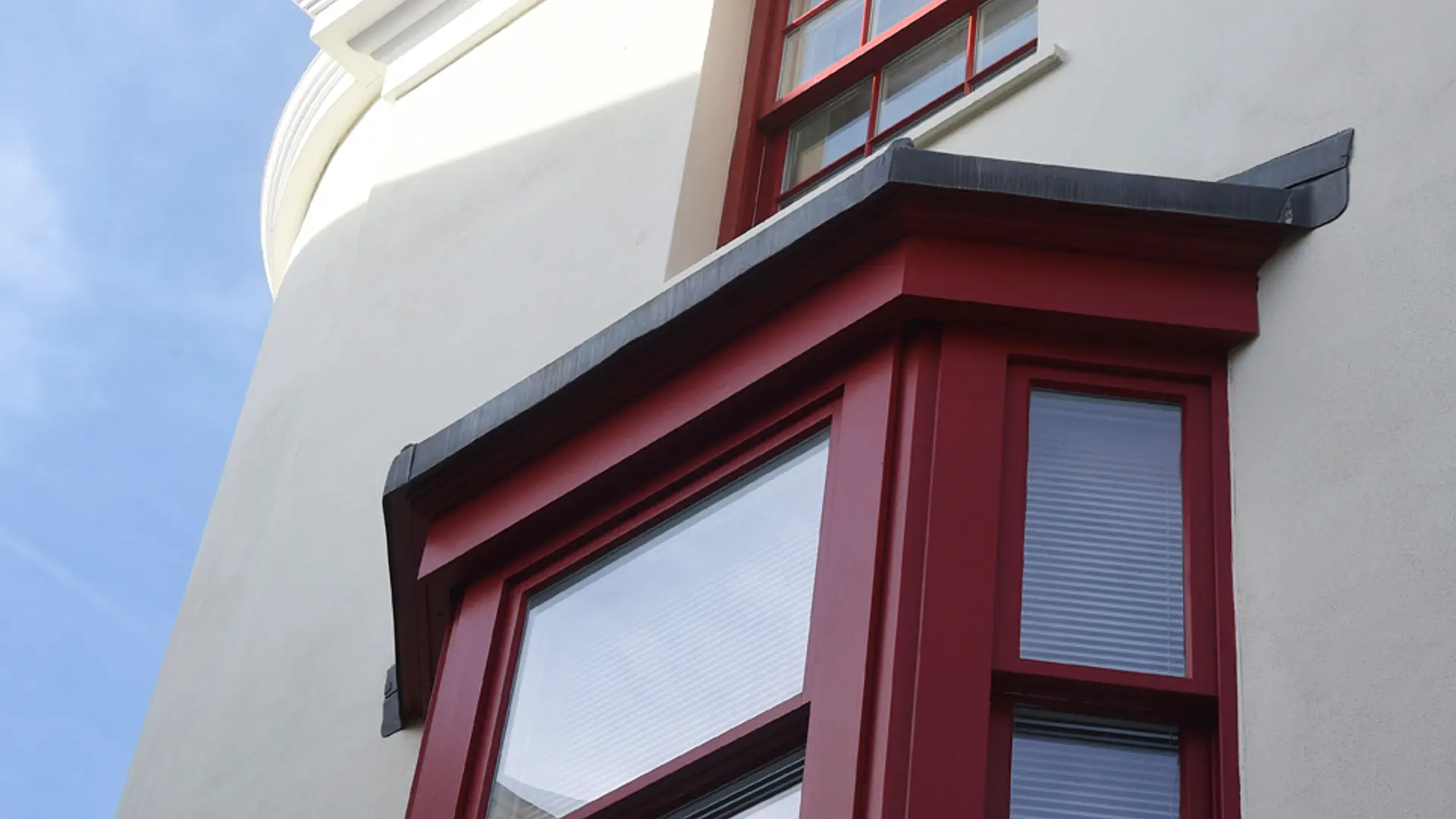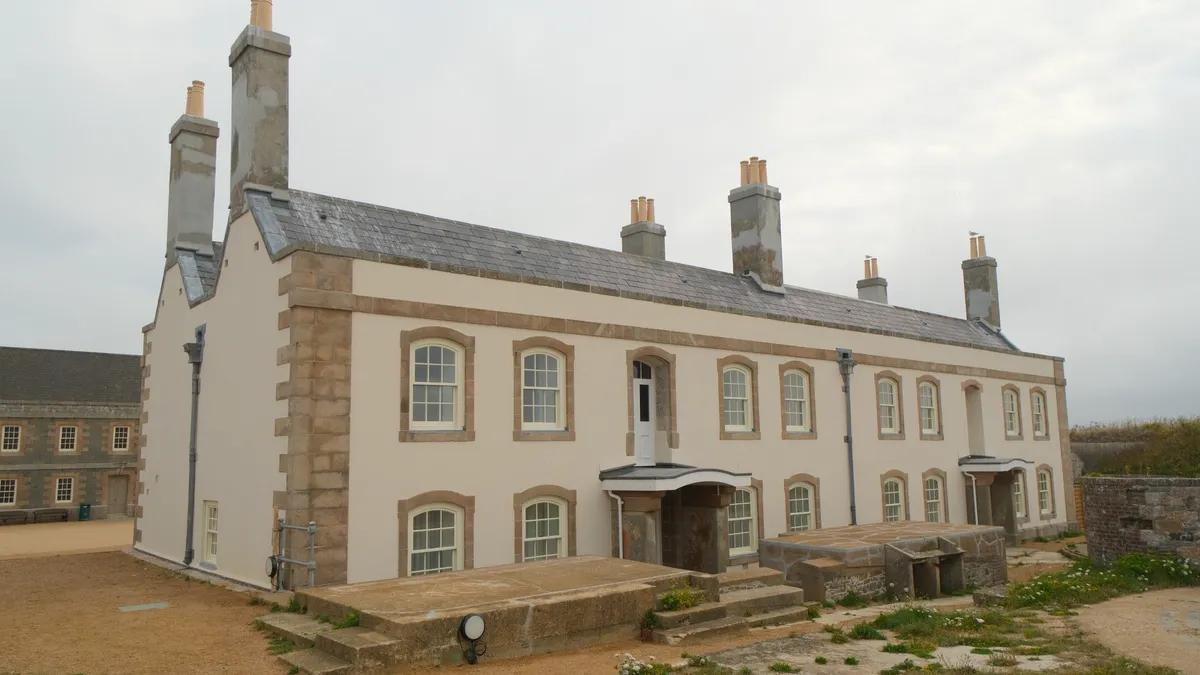Cavity closers are a crucial component in modern window and door installations, playing a vital role in preventing thermal bridging, reducing moisture ingress, and ensuring compliance with building regulations. Ideally, they should be installed before your windows go in, but what happens if you’ve already fitted the windows? Can cavity closers still be added after the fact?
Let’s explore how cavity closers work, why they’re important, and what options exist if you’re retrofitting after your windows are already in place.
What Are Cavity Closers and Why Do They Matter?
Cavity closers are insulated barriers installed within the cavity of a wall to seal the gap around window and door openings. They help:
- Prevent cold bridging, where heat escapes through the junction between the wall and window
- Improve airtightness and thermal performance
- Limit condensation and mould growth around the window reveals
- Ensure compliance with UK Building Regulations
At Mumford & Wood, we include cavity closers as standard with all our new window and door installations, helping our customers achieve a high-performance, regulation-compliant fit.
Can You Add Cavity Closers After Windows Are Already Installed?
Technically, yes, but it’s not ideal. Retrofitting cavity closers is a more complicated and time-consuming process that often requires removing the window to gain proper access to the cavity. The closer must be cut and fitted precisely to avoid compromising insulation or causing air leakage.
If the cavity isn’t wide enough to accommodate a closer without disturbing the window frame, full removal and refitting may be the only way to achieve a proper seal.
Key Considerations for Retrofitting Cavity Closers
- Access & Fit: Working around an installed window limits space. Any cavity closer used must be carefully cut to size and fitted tightly to seal the gap without obstructing the frame.
- Thermal Performance: If the fit isn’t perfect, gaps can allow heat loss and condensation. Additional sealing products like expanding foam or insulation tape may be needed to ensure a secure barrier.
- Regulatory Compliance: Building Regulations in the UK require sufficient insulation around window openings. Poorly retrofitted closers may fall short, particularly in new builds or properties aiming for higher energy performance standards.
Best Practices for Retrofitting
If you need to install cavity closers after windows are already in place, follow these guidelines:
- Use closers specifically designed for retrofitting, which are often more flexible or modular in design.
- Seal all remaining gaps using foam or airtight membranes to reduce heat loss and moisture ingress.
- Consider removing and reinstalling the window if proper insulation cannot be achieved; otherwise a short-term inconvenience that pays off in long-term performance.
Why It’s Best to Fit Cavity Closers Before Window Installation
Installing cavity closers before the windows ensures they’re fully integrated into the wall structure, forming a neat and effective seal that supports airtightness, insulation, and structural stability. It also simplifies the installation process for your windows and doors, making it easier to achieve a clean and accurate finish.
Mumford & Wood’s Commitment to Compliance
At Mumford & Wood, we understand the importance of getting the building envelope right from the outset. That’s why all of our window and door systems include cavity closers as standard (where required), ensuring you benefit from an efficient, regulation-compliant installation without added hassle or retrofitting complications.
Need Advice for Your Project?
If you're planning a new build or undertaking a refurbishment and want to learn more about cavity closers, energy efficiency, or best practices for installation, speak with the Mumford & Wood team today. You can also download our brochure or explore our range of helpful guides for further support.


















